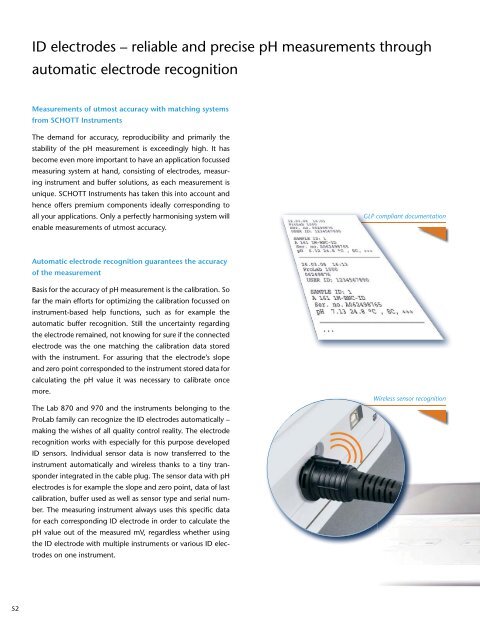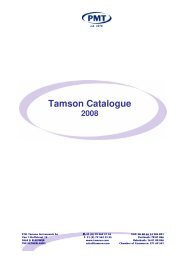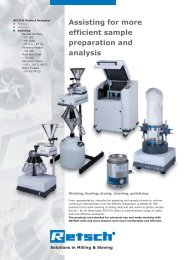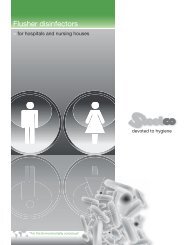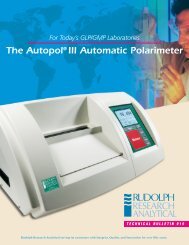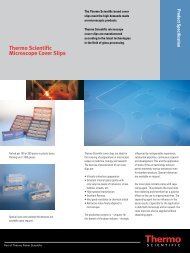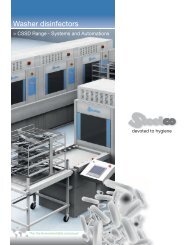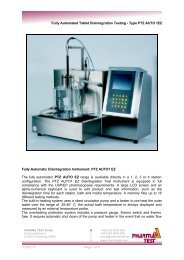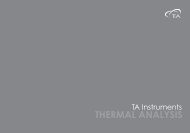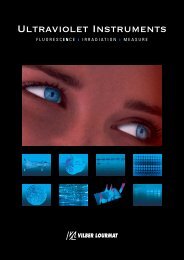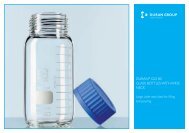Laboratory Products
Laboratory Products
Laboratory Products
Create successful ePaper yourself
Turn your PDF publications into a flip-book with our unique Google optimized e-Paper software.
ID electrodes – reliable and precise pH measurements through<br />
automatic electrode recognition<br />
Measurements of utmost accuracy with matching systems<br />
from SCHOTT Instruments<br />
The demand for accuracy, reproducibility and primarily the<br />
stability of the pH measurement is exceedingly high. It has<br />
become even more important to have an application focussed<br />
measuring system at hand, consisting of electrodes, measuring<br />
instrument and buffer solutions, as each measurement is<br />
unique. SCHOTT Instruments has taken this into account and<br />
hence offers premium components ideally corresponding to<br />
all your applications. Only a perfectly harmonising system will<br />
enable measurements of utmost accuracy.<br />
GLP compliant documentation<br />
Automatic electrode recognition guarantees the accuracy<br />
of the measurement<br />
Basis for the accuracy of pH measurement is the calibration. So<br />
far the main efforts for optimizing the calibration focussed on<br />
instrument-based help functions, such as for example the<br />
automatic buffer recognition. Still the uncertainty regarding<br />
the electrode remained, not knowing for sure if the connected<br />
electrode was the one matching the calibration data stored<br />
with the instrument. For assuring that the electrode’s slope<br />
and zero point corresponded to the instrument stored data for<br />
calculating the pH value it was necessary to calibrate once<br />
more.<br />
The Lab 870 and 970 and the instruments belonging to the<br />
ProLab family can recognize the ID electrodes automatically –<br />
making the wishes of all quality control reality. The electrode<br />
recognition works with especially for this purpose developed<br />
ID sensors. Individual sensor data is now transferred to the<br />
instrument automatically and wireless thanks to a tiny transponder<br />
integrated in the cable plug. The sensor data with pH<br />
electrodes is for example the slope and zero point, data of last<br />
calibration, buffer used as well as sensor type and serial number.<br />
The measuring instrument always uses this specific data<br />
for each corresponding ID electrode in order to calculate the<br />
pH value out of the measured mV, regardless whether using<br />
the ID electrode with multiple instruments or various ID electrodes<br />
on one instrument.<br />
Wireless sensor recognition<br />
52


